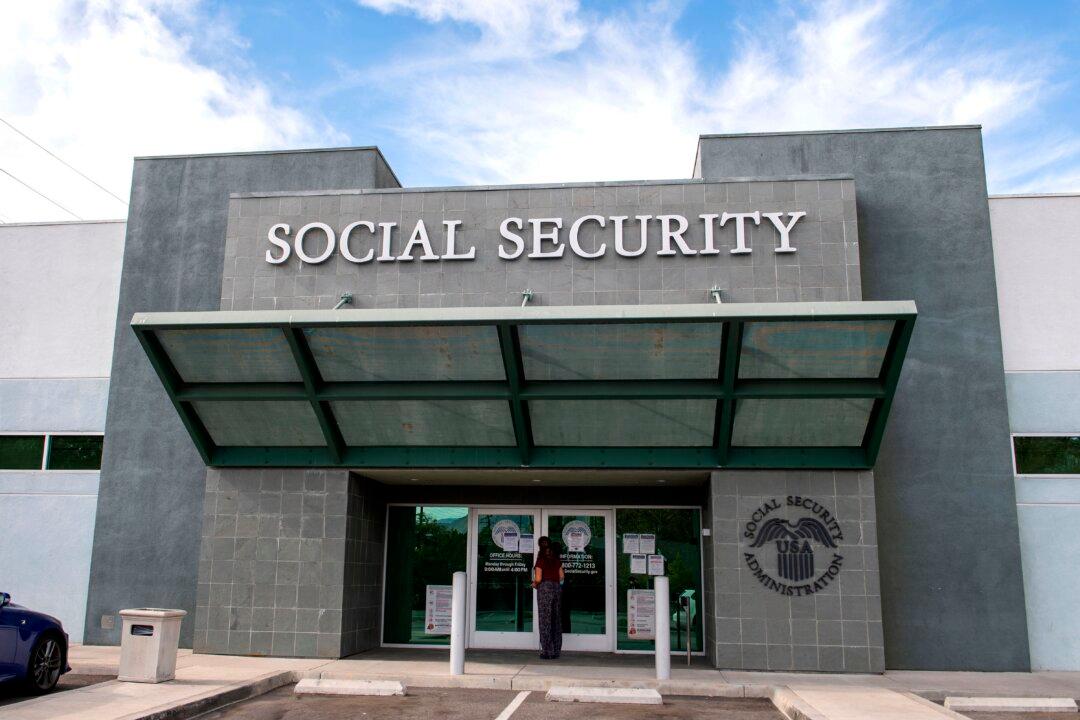The APPA projected total pet spending in the United States to exceed $157 billion by the end of this year. This includes $67.8 billion for pet food, $41.4 billion for veterinary care, $34.3 billion for supplies, and $13.5 billion for other services such as grooming and pet sitting.
The APPA notes that pet owners across generations are growing more concerned about the affordability and access to pet services and veterinary care. More than 60 percent cited the affordability of veterinary care as their top concern.
According to the APPA report, millennials make up the largest share of America’s pet-owning population at 30 percent, followed by baby boomers and Generation X, each at 25 percent. Twenty percent of Generation Z also own pets.
A review of a social media forum on Reddit turned up several posts by retirees and seniors concerned about keeping up with the costs of pet care on fixed incomes.
Many indicated that they would not adopt another pet following the passing of their current one. Others lamented the monthly cost of feeding and caring for pets; one commenter claimed to be paying more than $800 per month for multiple pets.
“Veterinary care is certainly among the top rising costs, especially as medical advancements for pets expand what’s available in diagnostics, treatment, and emergency care,” APPA President and CEO Pete Scott told The Epoch Times.
“This highlights the importance of financial planning for pet ownership and the growing need for tools like pet insurance or emergency funds to manage expenses.”

Scott said he doesn’t see a definitive slowdown in pet ownership.
“Instead, what we’re seeing is a shift in how pet owners manage these expenses,” he said.
“Many older Americans are getting more strategic and budget-conscious in their approach to pet care. They’re leveraging loyalty and subscription programs for savings on food, medications, and other recurring expenses.”
Scott said that others are relying on community resources and nonprofits that offer low-cost services, such as vaccinations and spaying or neutering procedures. Preventive care, including regular dental cleanings and flea/tick prevention, is also being emphasized to avoid costlier emergencies down the line.
Scott said he believes that as baby boomers age, there may be a gradual shift in pet ownership among that generation, but he doesn’t foresee a sharp decline in this group.
“For many baby boomers, pets are not only companions but also sources of emotional support and daily structure, benefits that often outweigh the financial burden,” he said.
He said he believes they may just start to adapt their spending habits by choosing smaller pets, delaying non-urgent procedures, or relying more on community organizations for assistance with pet care.
According to the APPA reports, dogs are still the most popular choice, with 68 million households owning canines. Cats are a close second at 49 million households, followed by freshwater fish at 10 million. About 6 million households have birds, reptiles, or small animals such as hamsters, guinea pigs, rabbits, or mice. More than 2 million households have horses or saltwater fish as pets.
The Society for the Prevention of Cruelty to Animals (SPCA) of Westchester, located in Briarcliff Manor, New York, is one of the oldest humane societies in America. It was founded in 1883 by Mary Dusenberry after she witnessed horses being abused as they delivered heavy loads of coal. Today, the agency serves more than 5,500 animals a year and is recognized as the largest no-kill rescue center in Westchester County, New York.
Lisa Bonanno, director of development at the SPCA, told The Epoch Times that pet adoptions have been down since the COVID-19 pandemic.
“They were pretty low for some time, and while they’re starting to pick back up, I don’t think we’ll see the volume we did between 2020 and 2022,” she said.
From a financial standpoint, Bonanno reasoned, younger animals such as puppies or kittens typically have fewer health-related issues than older dogs and cats.
“While the little ones tend to get adopted more quickly, sometimes the cost of caring for an older animal may deter people from adopting them,” she said.
While the SPCA does operate a clinic, it’s typically for spaying and neutering pets and not for general veterinary care.
In some cases, the SPCA will offer potential owners a foster opportunity for pets needing a lot of medical attention. In these situations, foster families will provide food and shelter for the pet without a formal adoption, and the SPCA will pick up the cost of medical care.
“This way, it saves them money and provides a good home for an aging pet,” she said.
Many of their older pets come to the facility as a result of the death of an owner or a change in living arrangements. Others relinquish their pets for behavioral reasons.
“Just like humans, animals have unique personalities, and we work with them and potential owners to better manage those behavioral issues,” Bonanno said.
On its website, Humane World also suggests speaking with veterinarians beforehand to work out cost-effective treatment plans for pets needing health care services.
“They may also be able to refer you to a clinic or nearby veterinary college, which would offer lower fees,” the website states.
Some adoptive animal organizations may also provide temporary housing for pets while owners get back on their feet.







